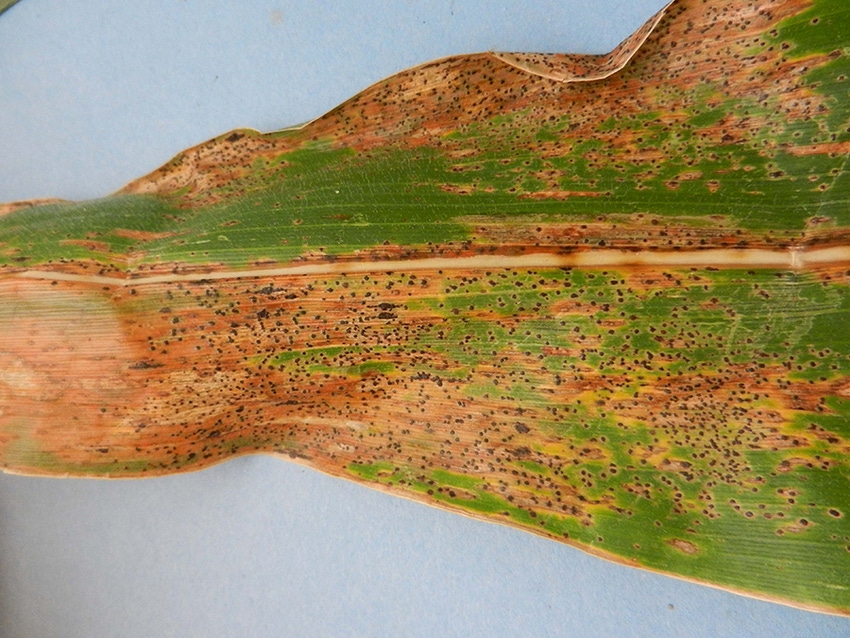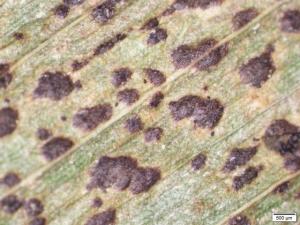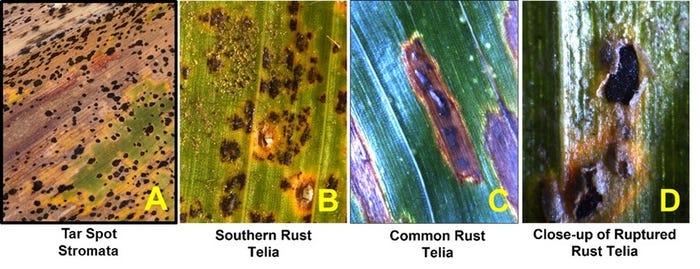July 15, 2022

Tar spot is relatively easy to diagnose based on visual symptoms. So as the crop develops you should begin scouting fields to determine:

1. If tar spot is present,
2). Estimate how much is there,
3. Determine whether it is increasing over time, and
4. Decide whether you should consider making a fungicide application. Walk down about 25-ft-of-row at 10 to 15 locations across the field and examine a pair of plants at every 10 steps for the present of tar spot. Make a note of the total number of plants examined and the total number with tar spot symptoms. Divide the last number by the first and multiply by 100 to estimate tar spot incidence. Repeat these steps every 5-7 days, particularly of conditions are wet and rainy, to determine if the disease in increasing over time.
INCIDENCE = (number of plants with tar spot/total number of plants examined) x 100
However, it may be difficult for untrained eyes to tell tar spot apart from a few other diseases. Yes, tar spot, as the name suggests, is characterized by the presence of raised, black, tar-like spots called stromata predominantly on leaf blades (A). However, not all raised, black, tar-like spots on a leaf are tar spot. Two other diseases that produce raised, blackish spots on leaves are southern rust (B) and common rust (C). Yes, it is true that rusts, as the name suggests, give leaves a typical yellowish-orangish rusty color, but this is the color of urediniospores, one of several types of spores produced by corn rust fungi. As the crop begins to dry down and temperatures drop, the rust fungi will produce a different type of spore called teliospores, and these develop in raised, blackish, structures called telia. Insect poop (frass) and dirt may also be confused with tar spot.
Here are a few tips to help you tell the difference between tar spot, rust telia, and insect frass. Tar spot stromata do not rupture the leaf or have a split on the top. In addition, they cannot be easily broken or rubbed away with your fingers like rust or insect frass. Rust telia usually break or rupture the upper surface of the leaf tissue (D), and if rubbed, the spores are released, leaving your finger with a dark-rusty to blackish tinge.

Source: Ohio State University, which is solely responsible for the information provided and is wholly owned by the source. Informa Business Media and all its subsidiaries are not responsible for any of the content contained in this information asset.
You May Also Like




